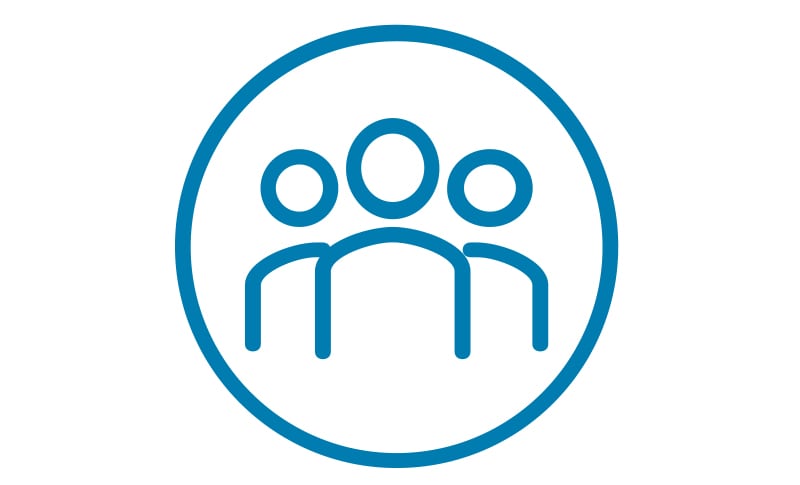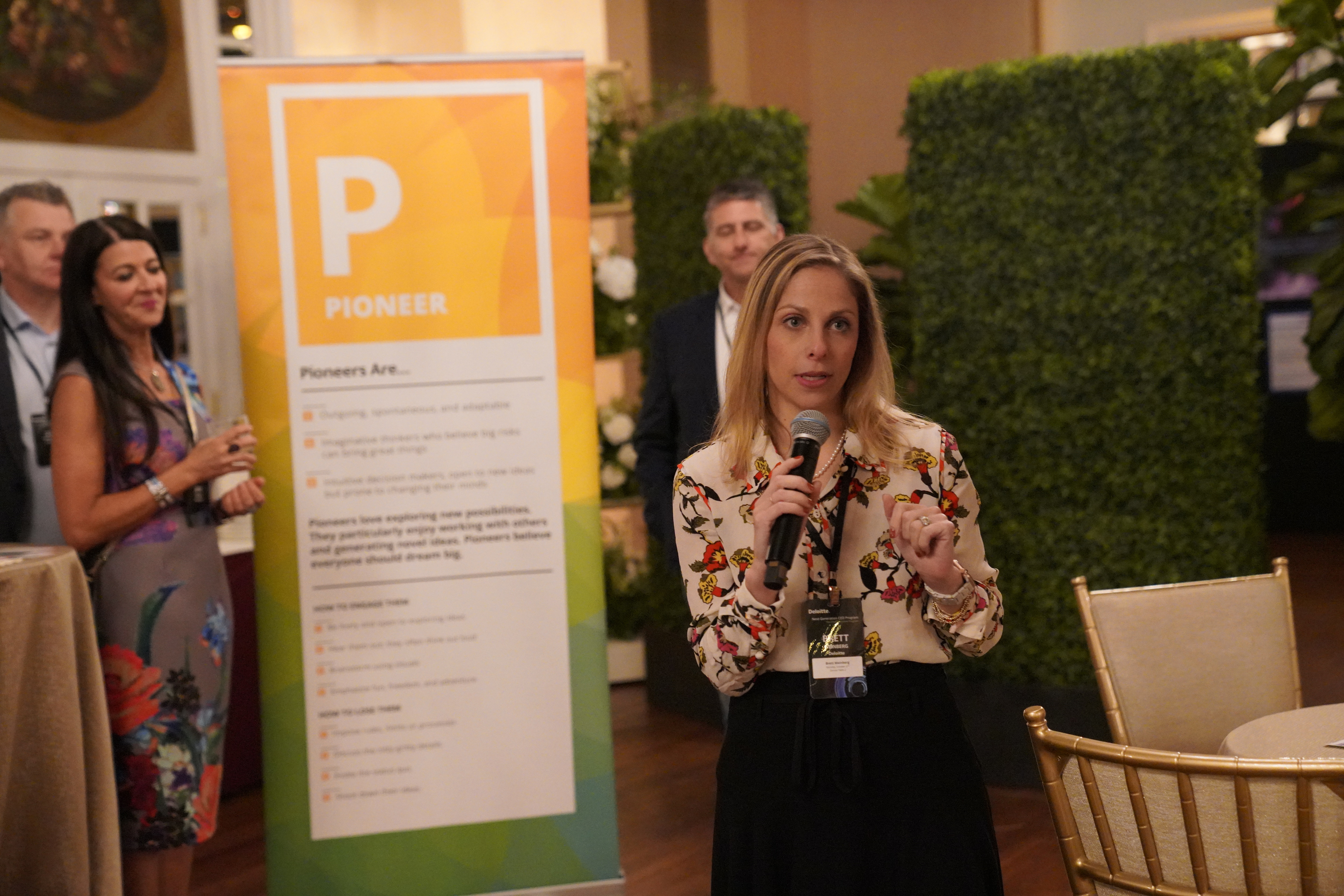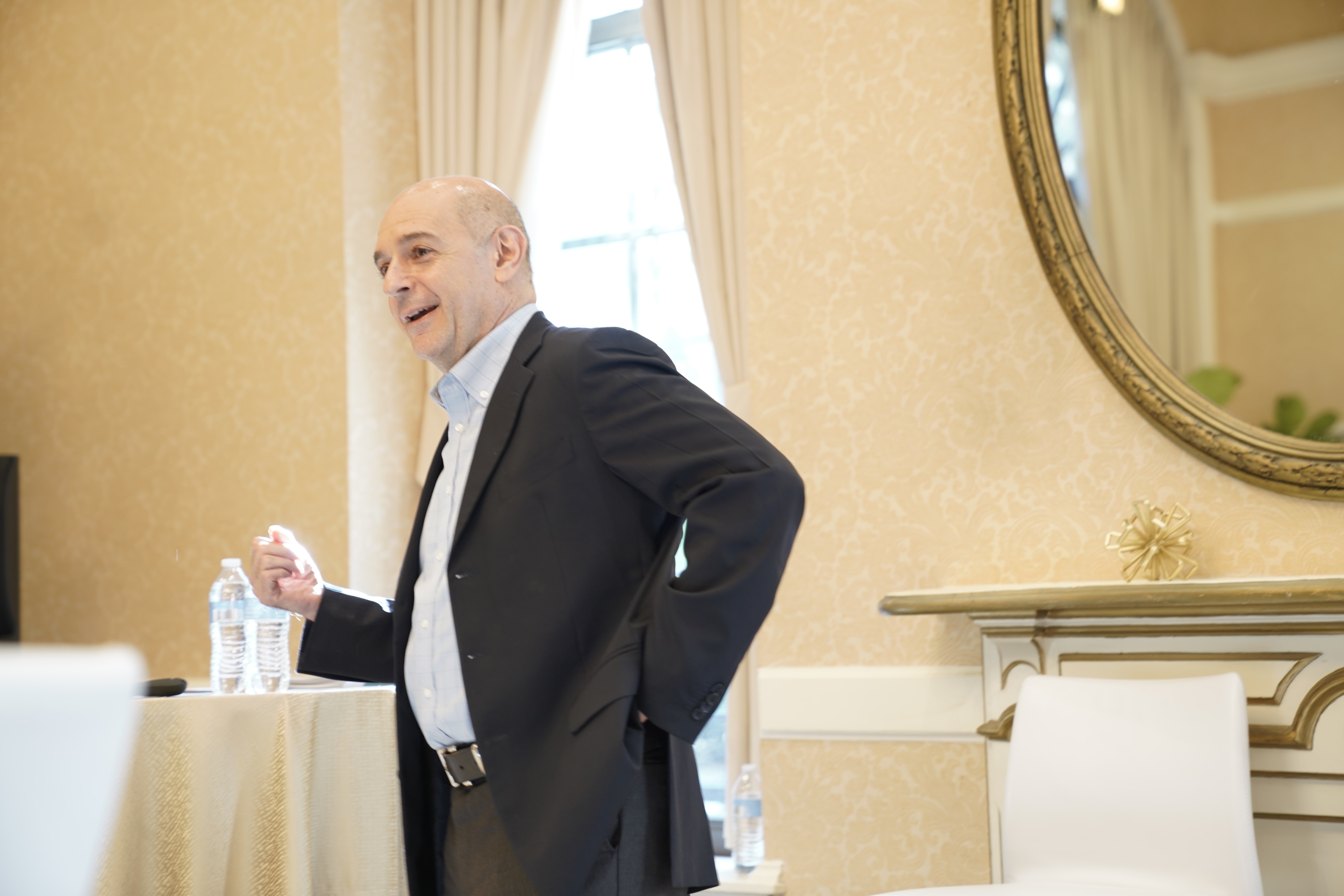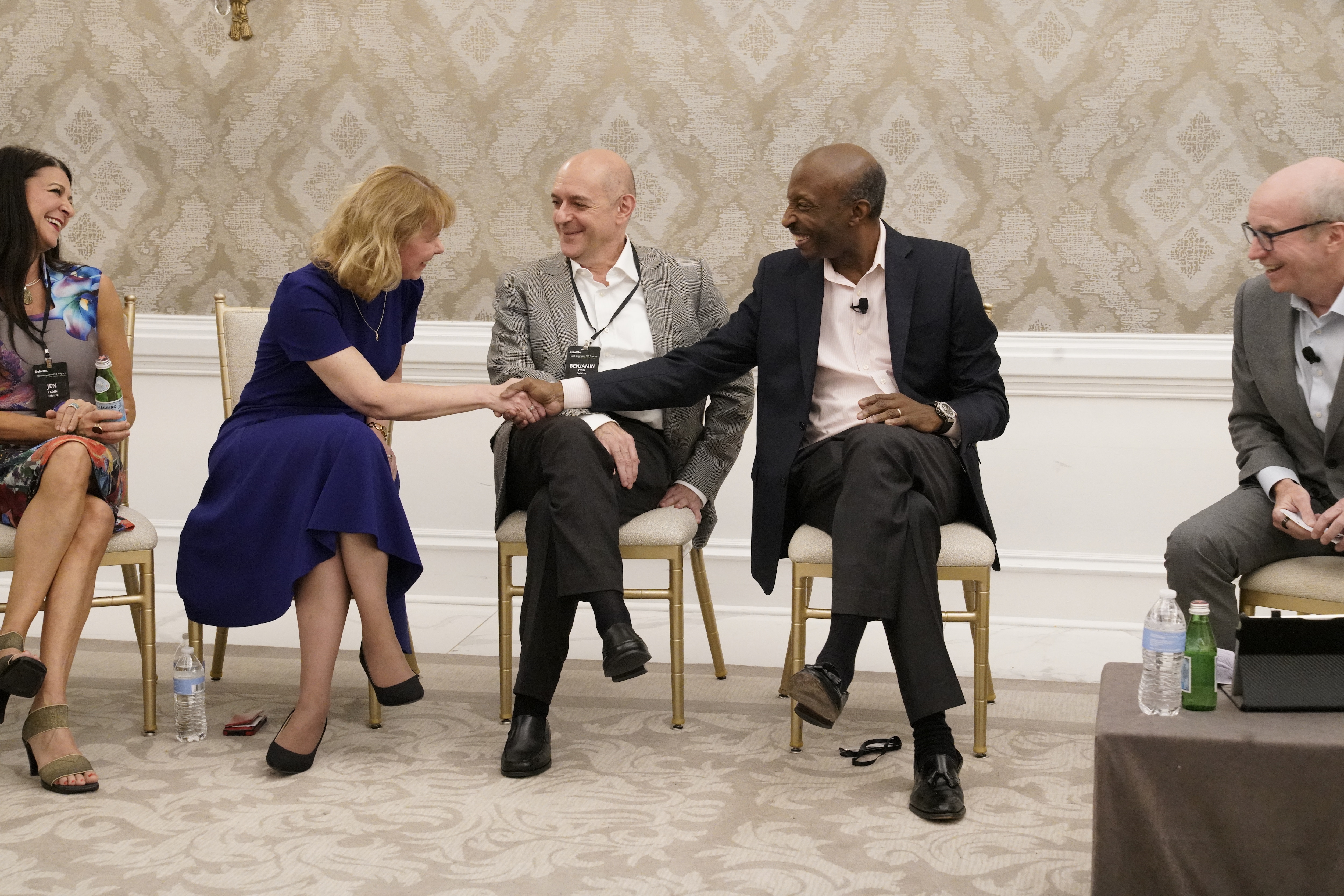Key Considerations on the Path to CEO: Lessons Learned from Deloitte’s Next Generation CEO Program has been saved

Perspectives
Key Considerations on the Path to CEO: Lessons Learned from Deloitte’s Next Generation CEO Program
CEO Spotlight Series
By Brett Alison Weinberg & Elizabeth Molacek
Deloitte’s Chief Executive Program recently convened a group of aspiring CEOs, along with current and former CEOs, for the Next Generation CEO Program. A series of discussions revolved around how the chief executive role is evolving – and what an aspiring executive can do to prepare for it. This edition of our CEO Spotlight Series explores some of the common themes that emerged: the need for CEOs to wear multiple hats simultaneously; the value of being an authentic leader; and the importance of establishing a legacy for the days when you’re no longer associated with the enterprise.
Common Themes

Wearing multiple hats
The CEO role requires ambidexterity – and the ability to envision different time horizons at once.

Bringing your best self
Prioritizing well-being can help you be the best version of yourself at work, and at home.

Defining your legacy
A legacy is not merely measured in years. Consider how else you can make an impact.
One role, multiple hats
Some of the sessions explored just what “executive” stands for in the context of CEO, concluding it frequently means shapeshifting between personas. Maybe it’s head of enterprise sales one day, perhaps chief agitator another, or, as we heard, guardian of the company’s ethos. When it’s time to take a stand on a potentially contentious topic—versus remaining on the sidelines—any issue a CEO decides to champion should align seamlessly with the company’s core values.
To accommodate that need for dynamic role-playing, we challenged aspiring CEOs to consider how they spend their time today and how that will likely need to shift in the future. Many expressed that moving away from the time spent on the operations of running their business would be a difficult transition. However, if a CEO finds themself overly involved in operational decisions, something else is amiss. Likely, the CEO doesn’t have the right people around them. What’s more, a successful CEO tends to be one who can sit in a meeting and say little. When a CEO is able to focus on making a select few, yet critical, decisions, they’ve likely assembled the right team around them.
 |
 |
Bringing your best self
Setting up a structure that allows for proper time management got participants thinking about their own lives, relationships, and health. Discussions got personal, with many pointing out how vital it is that a leader’s family also gets to see the best version of them—not just the teams that see them “on” while on the job. But overall, many agreed the role isn’t just about a better bottom line for their companies, it's about creating better relationships and becoming the best versions of themselves.
Part of the discussion centered on strategies for reacting to the stress and fatigue of the job including the importance of getting very serious about a core aspect of personal well-being: sleep.
“One idea that stood out to me is the notion that legacy is not only about leaving the company in a better state than you found it,” says Benjamin Finzi, leader of Deloitte’s US Chief Executive Program and Co-Dean for the Next Generation CEO Program. “It’s also about leaving your life, your marriage, your relationships with children, your friendships, and your health in a better state than it was before you took the role. That insight and focus on the importance of preserving your health and relationships really stayed with me.”
Defining your legacy
Burnout is real for CEOs too and making health a priority is critical for being able to perform at a high level for any length of time. The average tenure of a CEO in the Fortune 500 company is around seven years – and shrinking.
Some CEOs can make an impact in a short time, while some build a steady legacy over a longer tenure. The important point is that CEOs, no matter their time in the role, should have an idea of what they hope to leave behind.
One way to do this is rethinking CEO tenure around the idea that being a CEO is really about working in a series of cycles, each with specific objectives and outcomes. Once a cycle’s objectives are met, a CEO reassesses their fit for the next set of challenges and achievements. By applying this dynamic approach to leadership, a CEO can not only meet personal performance objectives, but also rejuvenate the entire executive team by the end of their time in the C-suite.

Conclusions
As next generation CEOs, the participants will have to contend with complex, disruptive forces from within and beyond their organizations. The strain can take a professional and personal toll. But it doesn’t have to. Leaders shared a number of ways to thrive under pressure:
- The role will never be one thing. As CEO, you will be required to master a variety of skills and juggle competing needs.
- Time is your most important resource, so construct a team that allows you to pick and choose your areas of focus.
- Don’t let your limited time negatively influence your health or relationships.
- When you’re determining processes, hiring teams, or tackling tough decisions, think about how they’ll live on after you.
- When setting a vision for your company’s future, consider how you are fit for the role or able to link the company’s needs with your own experience and vision.
- Own your “CEO Story,” a consistent narrative to engage stakeholders, communicate key themes, and achieve your priorities.


